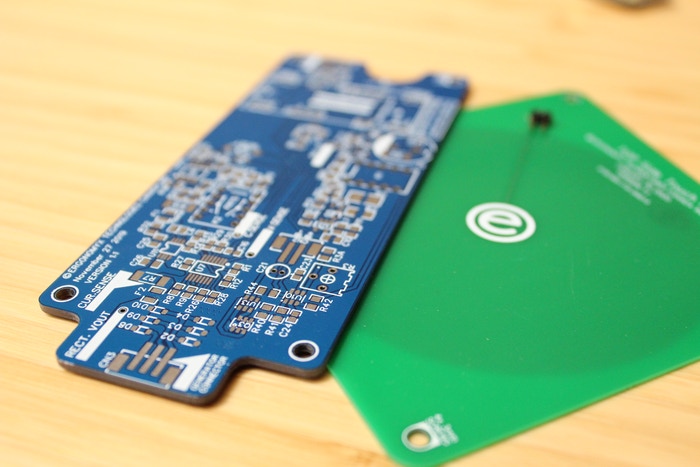Sit Stand Desk Product
My first project involved creating a program that communicated with the newly designed PCBs to operate the company's Sit Stand Desk. Since the PCBs were prototypes, there were issues with the hardware that I learned how to debug and fix. Through hands-on experience, I learned how to read a circuit board schematic, and use it to test various circuits that made up the board. I tested these circuits using a multimeter to compare voltage readings and check continuity between components. When I was able to isolate and determine the problem of the circuit, I learned how to properly solder/de-solder the PCB components.
Once we had a working PCB prototype, I began to write the embedded C++ program on the ESP32 that would operate the Desk and serve to handle Bluetooth communication from the mobile applications. The C++ program uses UART to write serial data to the desk's motors. The serial data was obtained through an oscilloscope we used for testing the three states of the desk's motors: Up, Down, or Stopped. Along with UART I also made use of the I2C protocol where I incorporated an accelerometer on the PCB to detect various types of impact through ADC conversion.


The Desk had many peripherals a part of its PCB that I learned how to control via software. These peripherals included a vibrating motor for haptic feedback, accelerometer for impact detection, and capacitive touch sensors for movement.
In combination with programming capacitive touch inputs, the accelerometer was used for intuitive up/down movements controlled by the user. It was also used to detect any abnormal impact when the desk was in movement alerting the desk to stop moving automatically. Furthermore, I had to design the program such that it incorporated a Bluetooth Server to allow users the ability to control the desk via the mobile applications. On top of Bluetooth desk controls, I also used the ESP32's EEPROM memory to store data in case the device got unplugged. The use of EEPROM led to one of the coolest features I designed which was using a WiFi server to include Over-The-Air (OTA) firmware updates.
With this program being as large as it was, rigorous testing went into the product before it was released. I am very fortunate to have had to opportunity to take on a project of such magnitude, especially with this being Ergonomyx's flagship product. I learned an immense amount of embedded engineering with this project. This not only included working at the electrical level with the PCBs or on the embedded code, but also how to work in a memory-constrained environment; how to write the most efficient C++ code possible.